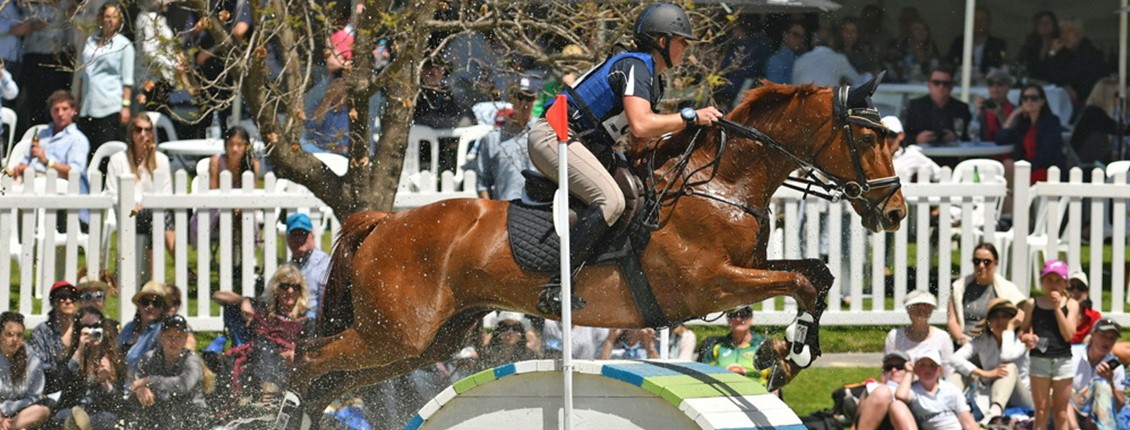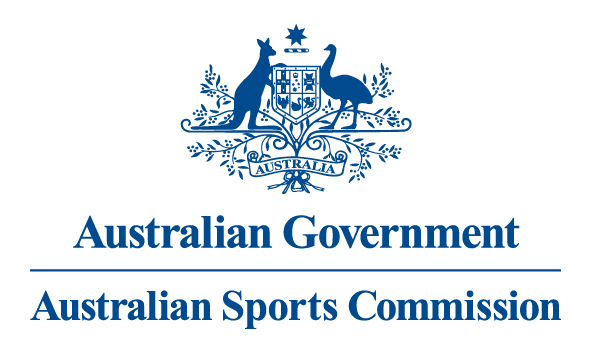What is Eventing?
Eventing is an Equestrian event which comprises dressage, cross-country and show jumping. It has two main formats, the one day event (ODE) and the three-day event (3DE).
EA National Eventing Calendar 2025
National Eventing Calendar 2025
FEI Eventing Calendar 2025
Australian FEI Eventing Calendar 2025
Filter search results by the NF (National Federation), the Date range and the Discipline - Eventing
Anna Savage Medal
Eventing Express Permission Application
https://form.jotform.com/252308190419051
National MER Exemption Application
https://form.jotform.com/252308671664057
ATHLETE REPS
Risk reduction is a team activity - Athlete Reps play a key role in helping you.
The Athlete rep is intended to be an approachable point of contact for all competitors to raise concerns, about any aspect of the competition (but most often the XC course), and also constitute a sounding board for officials when changes to the competition details or program are being considered during the event: Learn More
Contact your State branch for copy of a Athlete Representative form.
EVENTING CROSS COUNTRY FENCE JUDGE BRIEF (Form 20)
This Form 20 is the new Fence Judge Brief for Eventing only. It substitutes the obsolete NSW critical incident video.
Cross Country Fence Judges Video
EA-HSMS-Event-State Eventing Safety Administrator
The primary purpose of the State Eventing Safety Administrator is to liaise with the Organising Committees (OC) and Affiliated Clubs (AC) of each event and provide administrative support regarding all risk management plans, processes, and procedures in accordance with the FEI and EA National Eventing Rules.
![]() EA-HSMS-Event-State Eventing Safety Administrator Form 01.V1.4 (002).pd
EA-HSMS-Event-State Eventing Safety Administrator Form 01.V1.4 (002).pd
Please see below a short educational video (13.46 mins) that provides an overview of the State Eventing Safety Administrator (SESA) support role, logistics and processes. Speakers are Meredith Chapman (EAs National Health and Safety Manager) and Michelle Debenham (EA FEI Technical Delegate).
https://youtu.be/yNKyWDaeKXk?si=J6HNvK3iwf44A2l_
| Helmet Tagging Times and Days | Helmet Tagging Standards | Body Protector Standards |
| Note: Applications should be sent to your State Eventing Committee for approval. The State Eventing Committee will then forward applications to the EAEC for consideration. | |
Dressage
The dressage phase (held first) comprises an exact sequence of movements ridden in an enclosed arena (20x60m).The test is judged by one or more judges who are looking for balance, rhythm and suppleness and most importantly, obedience of the horse and its harmony with the rider. The challenge is to demonstrate that a supremely fit horse, capable of completing the cross-country phase on time, also has the training to perform in a graceful, relaxed and precise manner.
Each movement in the test is scored on a scale from 0 to 10, with a score of "10" being the highest possible mark and with the total maximum score for the test varying depending on the level of competition and the number of movements. The good marks are added together and any errors of course deducted - to convert this score to penalty points the average marks of all judges is converted to a percentage of the maximum possible score, multiplied by a co-efficient decided by the governing body then subtracted from 100.
Cross-country
The next phase, cross-country, requires both horse and rider to be in excellent physical shape and to be brave and trusting of each other. This phase consists of approximately 12-20 fixed jumps (lower levels), 30-40 at the higher levels, placed on a long outdoor course. These fences consist of solidly built natural objects (logs, stone walls, etc.) as well as various obstacles such as water, ditches, drops and banks, and combinations including several jumping efforts based on objects that would commonly occur in the countryside. Safety regulations mean that many jumps have a frangible pin system, allowing part or all of the jump to collapse if hit with enough impact. Speed is a factor, with the rider required to cross the finish line within a certain time frame (optimum time). Crossing the finish line after the optimum time results in penalties for each second over. At lower levels, there is a penalty for riding too fast - incurring penalties for horse and rider pairs completing the course too quickly. Penalties are also incurred if the horse refuses to jump a fence or has a run out. Should the horse or rider fall there is automatic elimination. Fitness is required as the time allowed will require a strong canter at the lower levels, all the way to a strong gallop at the higher events.
At a ODE (Horse trials) Dressage is always held first but the cross-country and show jumping may be held in any order. At a Three-Day Event the order is always Dressage on Day1, Cross-country on Day 2 and Show Jumping on Day 3.
Jumping
Jumping tests the technical jumping skills of the horse and rider, including suppleness, obedience, fitness and athleticism. In this phase, 12-20 fences are set up in an arena. These fences are typically brightly coloured and consist of elements that can be knocked down, unlike cross-country obstacles. This phase is also timed, with penalties being given for every second over the required time. In addition to normal jumping skills, Eventing show jumping tests the fitness and stamina of the horse and rider, generally being held after the cross-country phase in higher level and international events.
The winner is the horse and rider with the fewest penalties.
View the latest Eventing NEWS here
Header image Hazel Shannon on Willinga Park Clifford - Credit Stephen Mowbray Photography










